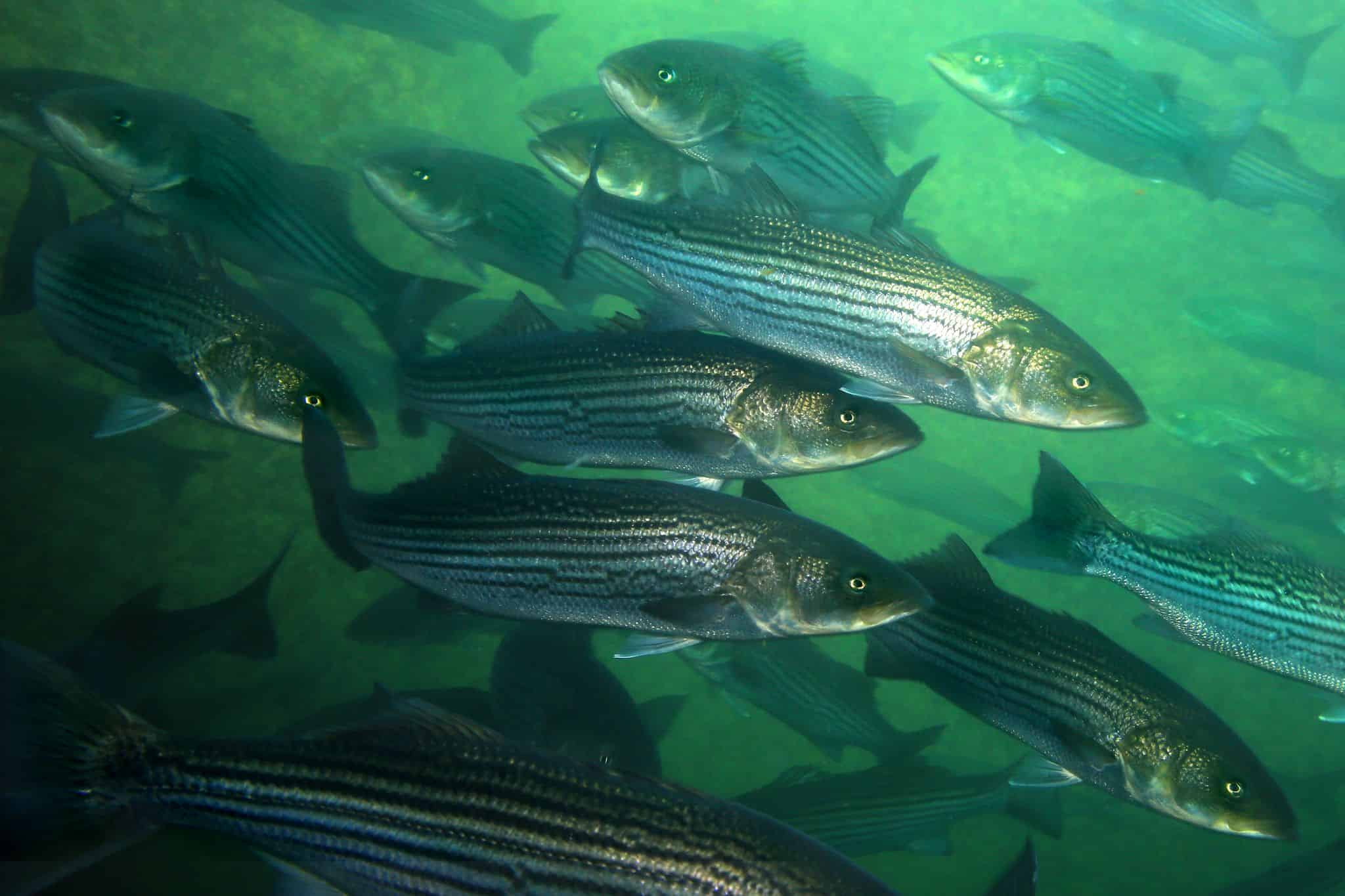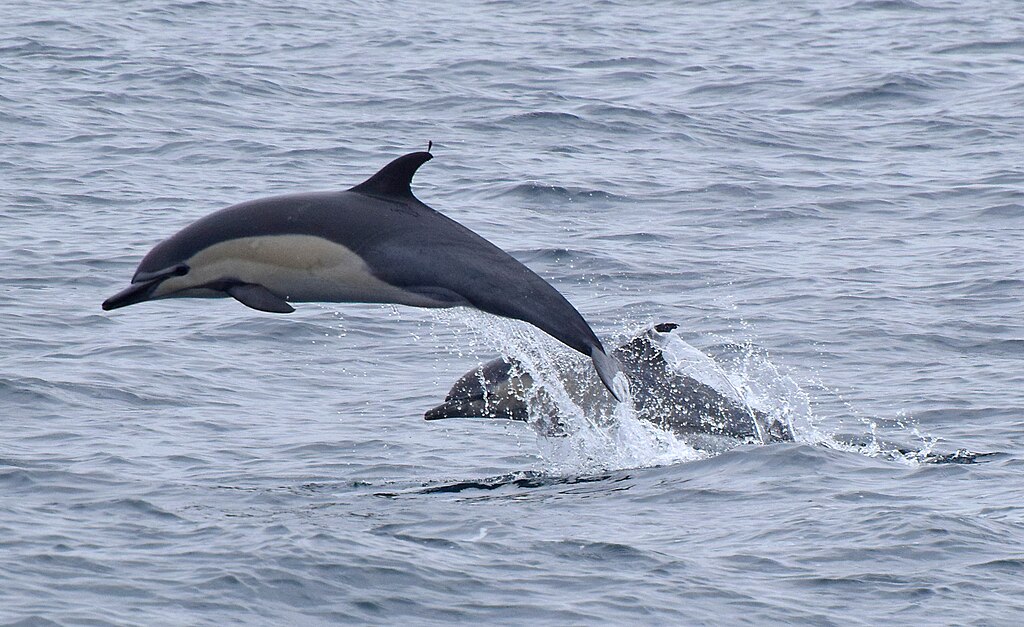Watching for Gray Whales Also Means Keeping an Eye on Ocean Health

By Theresa Labriola –
It’s that time of year, when the gray whale migration peaks as they leave their northern Pacific feeding grounds for their breeding grounds in the warm lagoons of Baja California, Mexico. In December, I visited Granite Canyon Research Center, south of Monterey, CA, where the Southwest Fisheries Science Center conducts shore-based surveys of southbound gray whales.
Their surveys are part of an effort to track the health of the gray whale populations and to help identify links between reproductive success, food availability, changing ocean temperatures and other indicators of ecosystem health.
In fact, there’s a connection between gray whales and the health of our wild oceans and the big fish we love to catch. And as Wild Oceans supporters know, we’ve been working with the Pacific Fishery Management
Council to make sure managers leave enough forage fish in the ocean as food to feed healthy populations of diverse ocean predators including billfish, tuna and salmon along with marine mammals including migrating gray whales.
The National Oceanographic and Atmospheric Administration (NOAA) has counted gray whales from Granite Canyon for almost fifty years, first with binoculars and more recently by employing infrared cameras and software designed to detect a whale blow or spout created when warm, moist air exhaled from the whales’ lungs meets cool air at the ocean surface.
Gray whales consume more than 2,400 pounds of food every day, requiring a robust ocean forage base to sustain them as well as other marine mammals and sportfish. While gray whales primarily forage in the Arctic for crustaceans and invertebrates on or near the ocean floor, they may also feed on herring eggs and locally abundant swarming species including krill and shoals of sardines and anchovy.
Gray whales are ecosystem sentinels. They change their behavior in response to ecosystem changes. By tracking their annual population along with ecosystem indicators, such as forage availability, ice distribution, and sea surface temperature, scientists can better understand correlations between whales and other large marine predators and our changing ocean environment.
Gray whales distribute nutrients throughout the Arctic ocean ecosystem. When whales feed, at great depths, they then return to the surface to breath, mixing up the water column and spreading nutrients and microorganisms through different marine zones. This may lead to greater production of plankton, which feeds forage fish, which feed Arctic predators and recreational fish.




